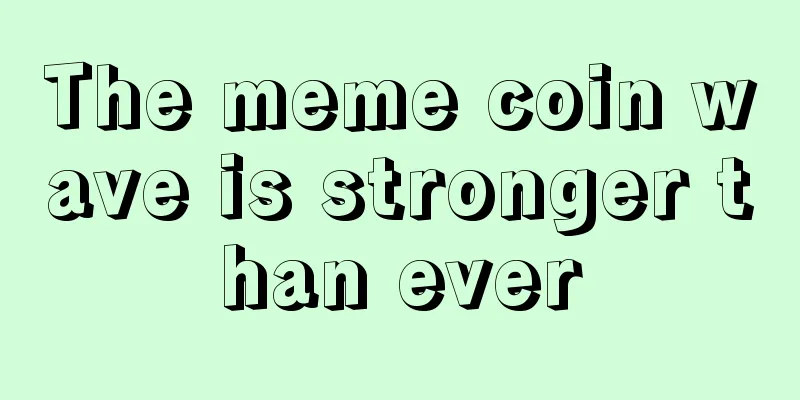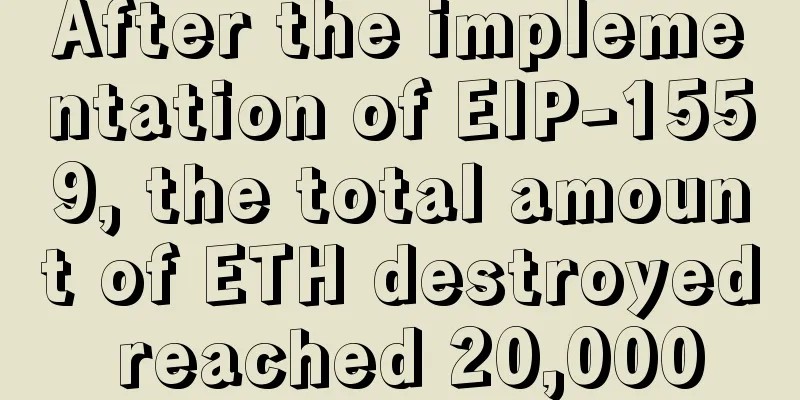Bitcoin, blockchain and distributed ledger technology, which is the right direction of development?

|
What is blockchain? Where did Bitcoin come from? Are Bitcoin and blockchain still in competition? These are some of the questions TechCrunch is asking in its new streaming series, “Trust Distributed: Bitcoin and Blockchain,” which launched yesterday and shows how the global financial industry is being forced to change and adapt due to the advent of blockchain technology. Narrated by New York Times reporter Nathaniel Popper, the video series aims to answer a series of blockchain questions. Further, it also explores how Bitcoin has disrupted the vision of banks, financial institutions and governments, and the current blockchain as a way to simplify or improve the work of these institutions. It is reported that the series of videos is divided into six episodes, all of which will be released during the rest of this week. Bitcoin vs. BlockchainThe video series includes commentary from prominent figures in the digital currency industry, such as Gavin Andresen, one of the earliest Bitcoin developers, Vitalik Buterin, the creator of Ethereum, and Fred Wilson, a founding partner of Union Square Ventures, who each offer their own definition of “blockchain.” Wilson, in particular, gave his reasons for being bullish on blockchain technology, explaining that many large companies today control a large amount of user data, which creates an environment for decentralization.
However, as the first video shows, there is a struggle between those who believe that Bitcoin is the real innovation and those who are seeking to exploit Bitcoin's underlying technology for other applications. On the one hand, Charley Cooper, managing director of blockchain consortium R3CEV, suggested that “moving away from Bitcoin and toward blockchain and distributed ledger technology” is the right direction. Former U.S. Treasury Secretary Larry Summers echoed Cooper’s sentiments, arguing that those who believe Bitcoin will be the savior currency are wrong, but that blockchain can help reduce financial friction. On the other hand, for early Bitcoin investors such as Roger Ver, the existence of non-Bitcoin blockchain projects is actually a sign that Bitcoin itself is the winner. Roger said:
Concerns about Bitcoin miningIn the second episode, Popper talks about the history of Bitcoin mining’s transition from “amateur” to “professional mining,” explaining that today, only those with access to cheap computer hardware and cheap electricity can profit from Bitcoin mining.
In this episode, the reporter enters an unknown Bitcoin mine in Sichuan Province, where 15 workers are responsible for watching over the running mining machines. In these remote areas of southwest China, Bitcoin mining has become a new way to get rich. Today, about 60%-75% of Bitcoin mining computing power comes from China. Some people have expressed concerns about this, including Dave Carlson, founder of the US startup MegaBigPower.
|
<<: The upcoming festival of light will illuminate the future of Bitcoin in India!
>>: Why Bitcoin needs to increase its block size and why choose Unlimited
Recommend
Is exposed nostrils a bad sign? What does it mean when a woman has exposed nostrils?
Exposed nostrils do not look very beautiful from t...
What is the fate of being born in 1952?
We can roughly infer a person’s destiny from the ...
Xiao Feng: Blockchain - the new world of digital alternative assets
About the author : Xiao Feng (PhD in Economics fr...
What kind of face is rich?
Everyone hopes to be a rich person; so in physiog...
Are people with moles on their chins stubborn?
People with moles on their chins are very opinion...
Coin Zone Trends: Bitcoin Price Trends Based on Big Data This Week (2017-07-11)
Five tests of support level show the performance ...
Analysis of the facial features of women who will be loyal to their marriage and not cheat
It is rare to find someone who takes relationships...
What are the red lips and what effects will they have?
We often call the lips of people who wear lipstic...
The first blockchain mobile digital bill is put into use
On January 3, the first working day of 2017, the ...
What is the fate of a woman with long legs and short legs?
With the same height, someone with a 3:7 ratio wi...
When will you get married according to your palmistry?
Palmistry believes that the color and shape of a ...
The halving coincides with a flood season, and 30% of miners may leave the market?
In April, BTC led the crypto market, while other ...
Physiognomy teaches you how to recognize people
Physiognomy teaches you how to recognize people S...
Wang Yongli, former vice president of Bank of China: How do you view the US OCC's relaxation of stablecoin usage?
Original title: "Wang Yongli | How to view t...
A recession is brewing in the US
The plunge in U.S. stocks may be another means fo...









